What you see on any given computer or phone screen is in essence information. Light photons if you want to get technical and metaphysical about it, but let's just go with information. Let's not also get stuck in the muddles of definitions about what constitutes information. If you think it's information then it probably is: colors, text, shapes, movement, special effects, and so on. Websites, blogs, social networks, etc., all select, organize and present this information. I'm currently playing Starfield, a game that has many interactive choices, information, data, and metrics.
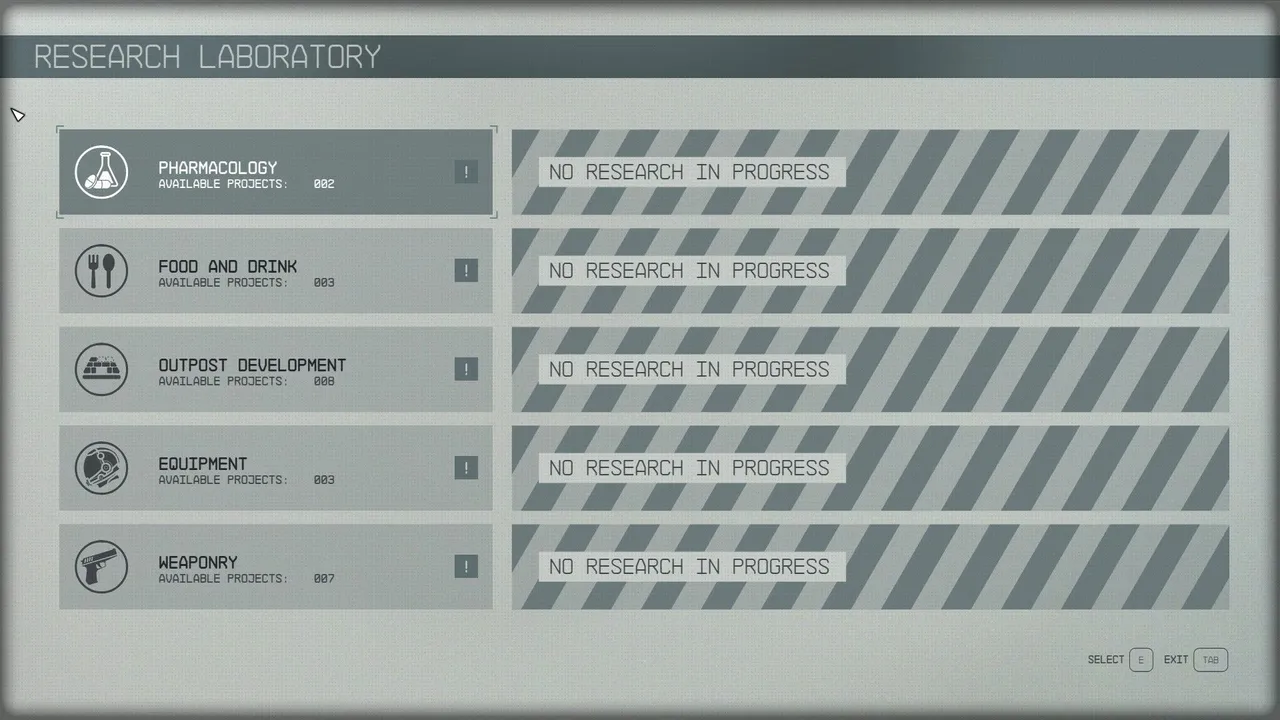
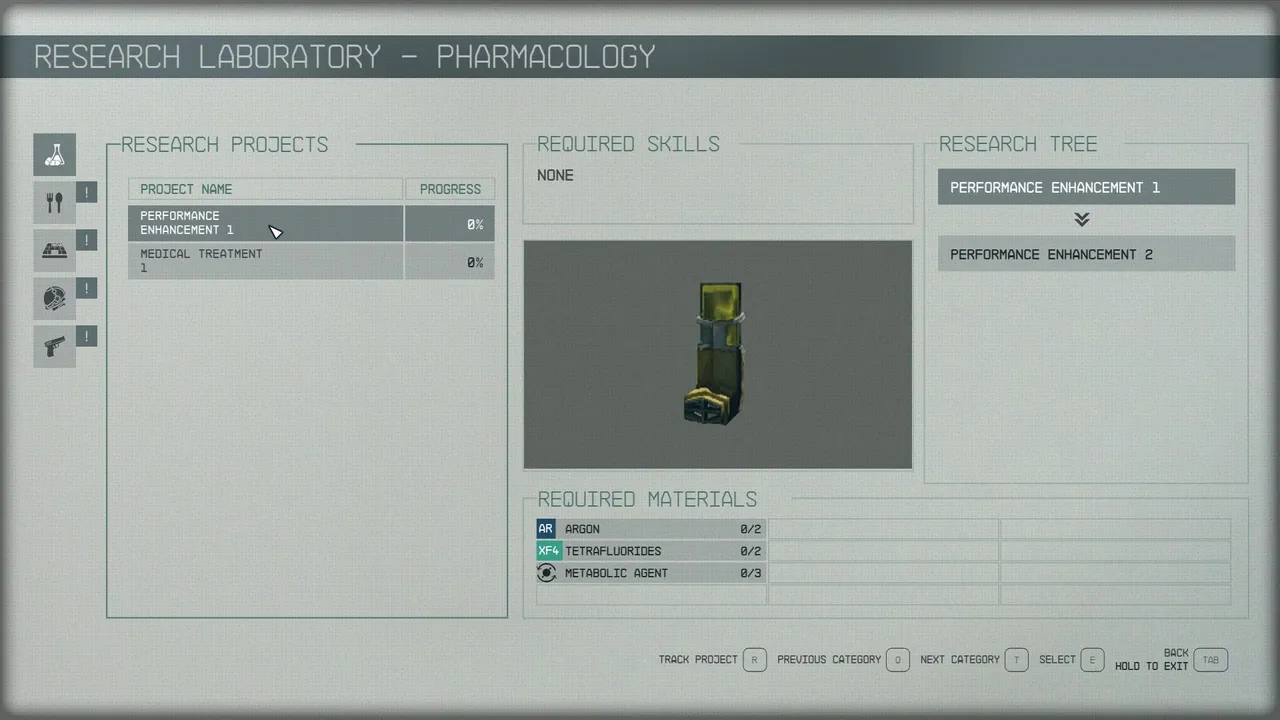
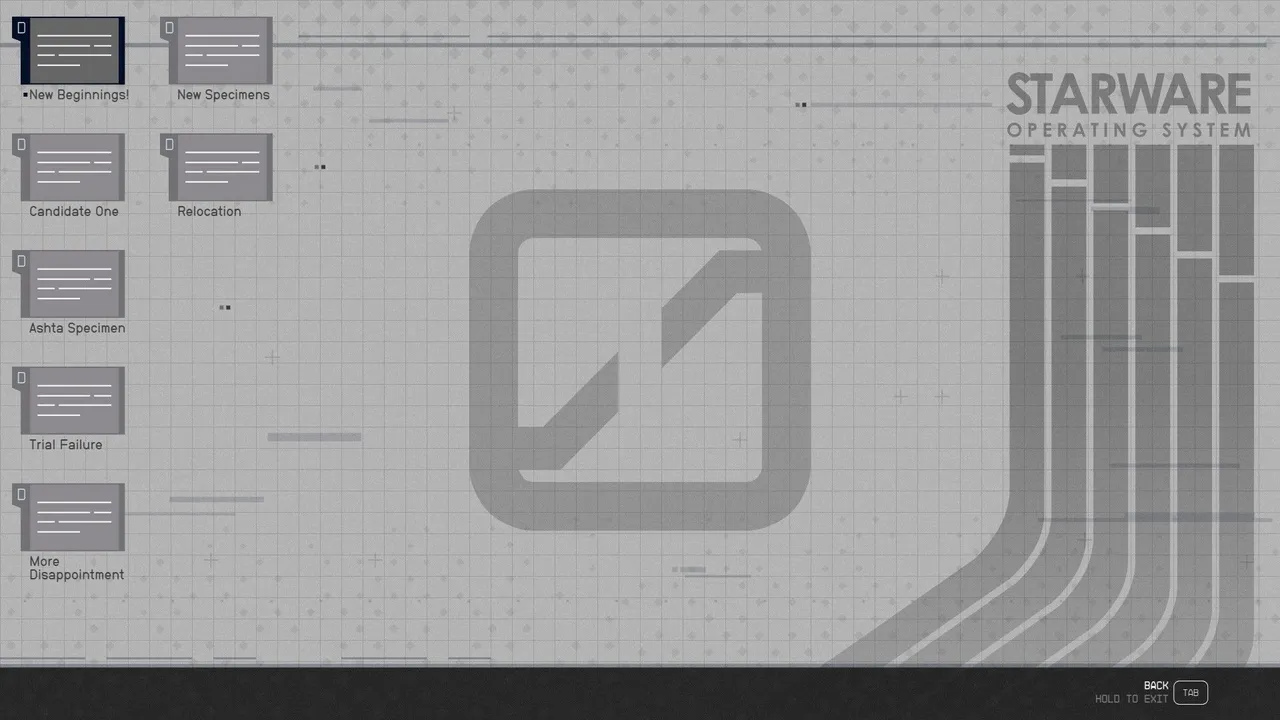
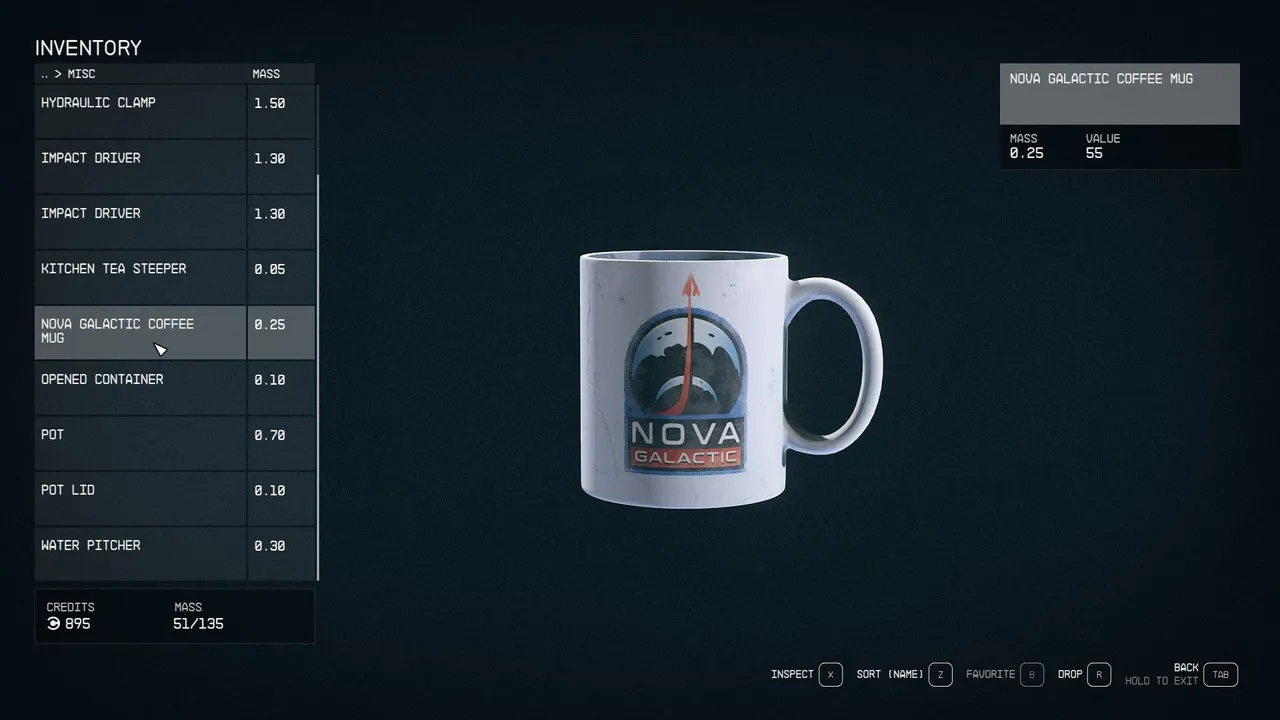
Yes, I pick up everything cause you never know when you're gonna need to whoop some ass with a pot lid or a water pitcher
The information found in this game is complex and dynamic because of its three-dimensional nature.
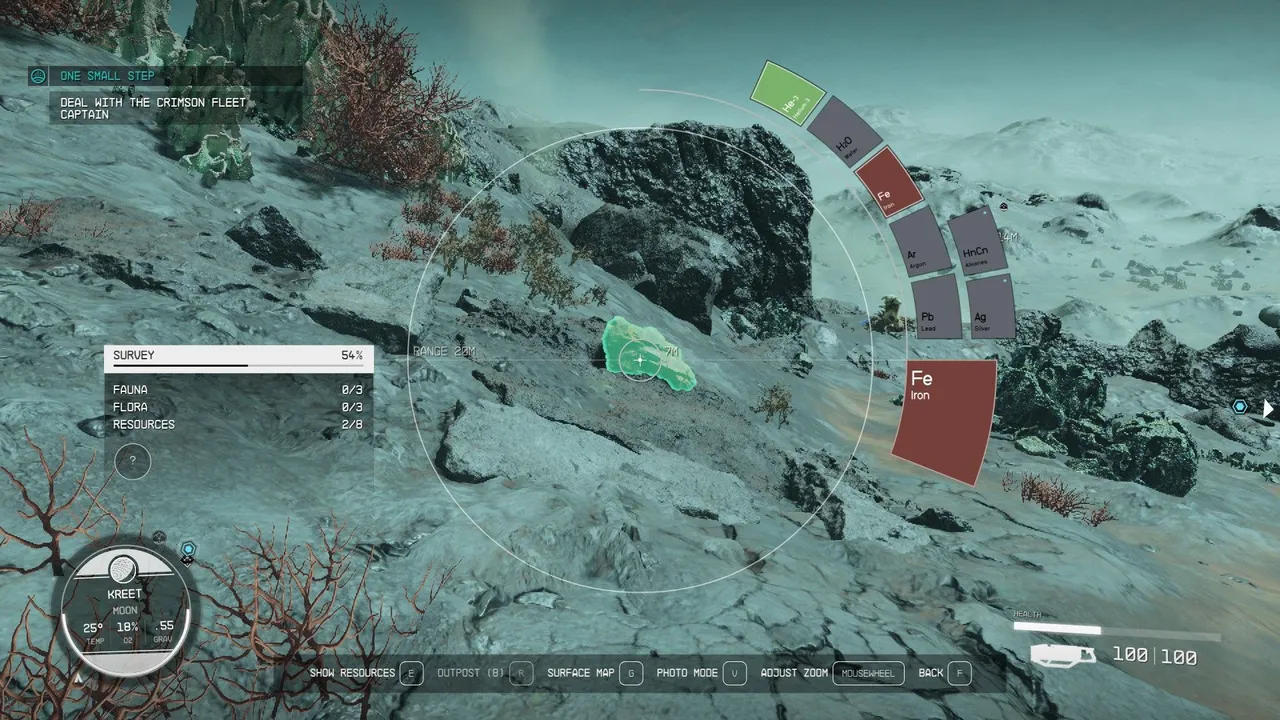

You have to contend with extra dimensions of interaction in contrast to a typical static 2D website or app.
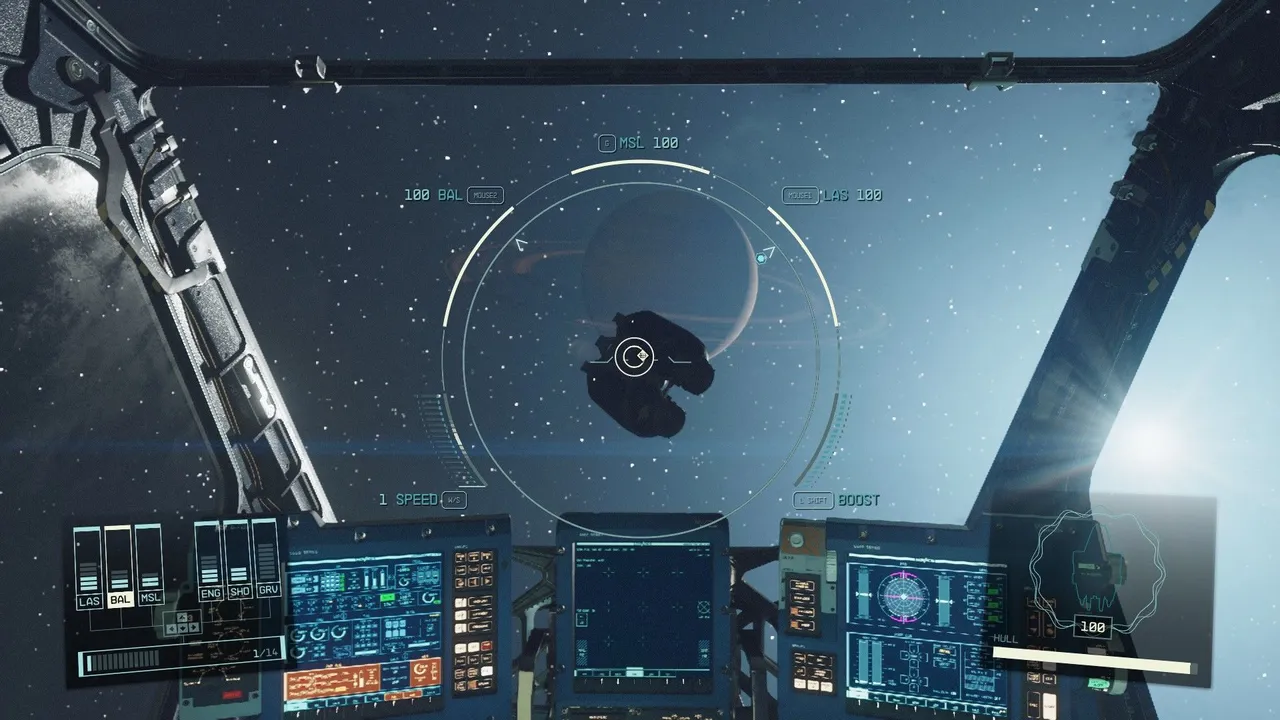
It's not easy for game developers to decide what information they're going to present and when. As a player, I need to access certain information only at specific times. For example, I don't need to see my inventory in the middle of a gunfight unless it's to search for a quick item like a weapon or medicine to restore health. A game designer has to contend not only with the technical limitations of the system but also those of the player. This is why presenting information in a clear and accurate manner is essential, unless obfuscation and mischief is part of the game. Which it always is.
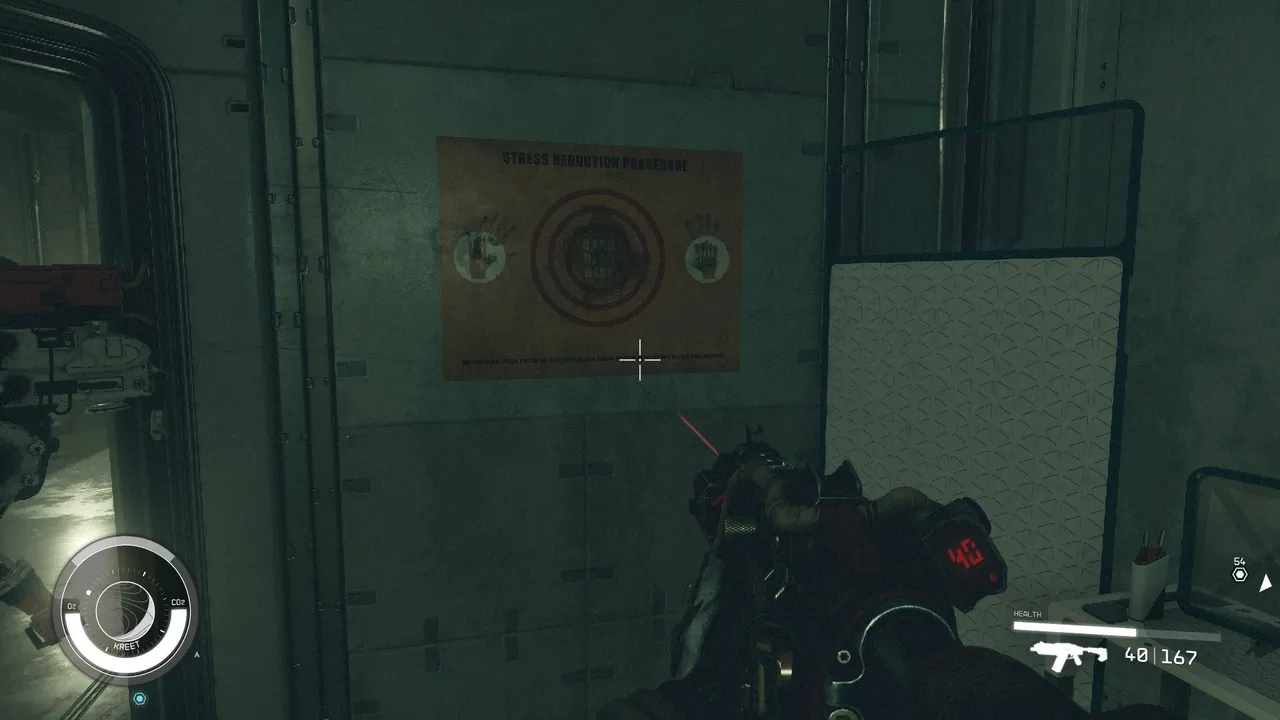
Embiggen for lols

Screenshots from Starfield game by @litguru